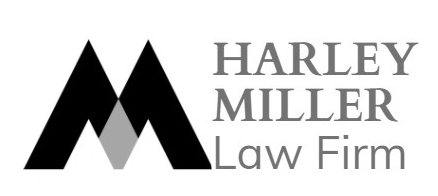In many cases, due to practical reasons related to specific usage scenarios, managing individual rights separately becomes nearly impossible. An author may not have the capability to monitor all uses of their work. For example, an author cannot individually negotiate contracts for transferring usage rights and royalties with every broadcasting station or television network. Conversely, broadcasting organizations cannot seek individual permissions from every copyright owner whenever they wish to use copyrighted works. On average, around 60,000 music works are broadcast on television stations each year, making it necessary to reach thousands of rights owners for permissions. The impracticality of individually managing these activities has led to the need for collective rights management organizations to bridge the gap between authors and rights owners, as well as between various collective management organizations.
Collective management involves exercising copyright and related rights on behalf of and for the benefit of rights owners.
What Are the Most Common Types of Rights Managed Collectively?
Collective management organizations primarily manage the following rights:
- Public performance rights (music played or performed in dance halls, restaurants, and other public venues).
- Broadcasting rights (live performance or recorded music on radio or television).
- Reproduction rights for music works (reproduction of works on CDs, cassette tapes, vinyl records, mini-discs, or other recording formats).
- Performance rights in dramatic works (theatrical performances in theaters).
- Reproduction rights for literary and musical works by photocopying.
- Related rights (rights of performers and producers of phonograms concerning remuneration for broadcast and public communication of phonograms).
How Does Collective Management Work?
There are various types of collective management organizations or groups of such organizations that manage different types of rights, depending on the type of works (music, drama, multimedia, etc.).
Traditional collective management organizations act as intermediaries between rights owners and users. They negotiate remuneration rates and usage terms with clients on behalf of their members, issue licenses, collect and distribute fees. Individual rights owners do not directly participate in these processes.
Rights Clearance Centers issue licenses for the use of works, specifying the usage terms and conditions, while the individual rights owners, whose rights are managed by the center (in areas like copying, for example, authors of works such as books, newspapers, and magazines), establish these terms. Here, the center acts as a representative for the rights owners, who are still directly involved in setting the terms of use.
“One-stop-shop” organizations are a form of alliance between individual collective management organizations, and they provide centralized resources through which permissions can be easily and quickly obtained by users. There’s a growing trend towards establishing such organizations due to the ever-increasing production of multimedia products, which involve a wide range of permissions.





